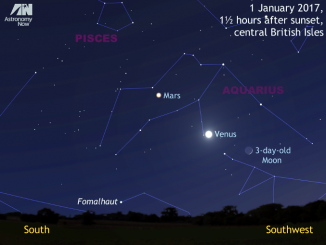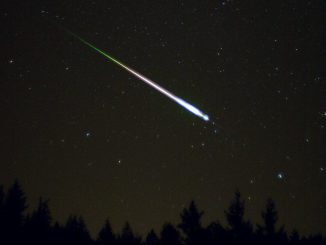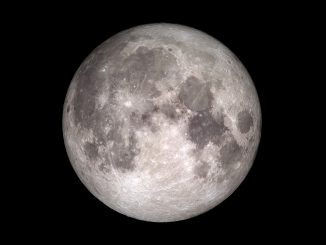
See Mars and Neptune get close on New Year’s Eve & New Year’s Day
The young crescent Moon’s nightly motion from 31 December 2016 to 3 January 2017 carries it past dazzling planet Venus and first-magnitude Mars. A small telescope also reveals outermost planet Neptune, which passes just 0.02 degrees from Mars around 7h UT on 1 January, offering observers around the world a New Year’s Day treat.









